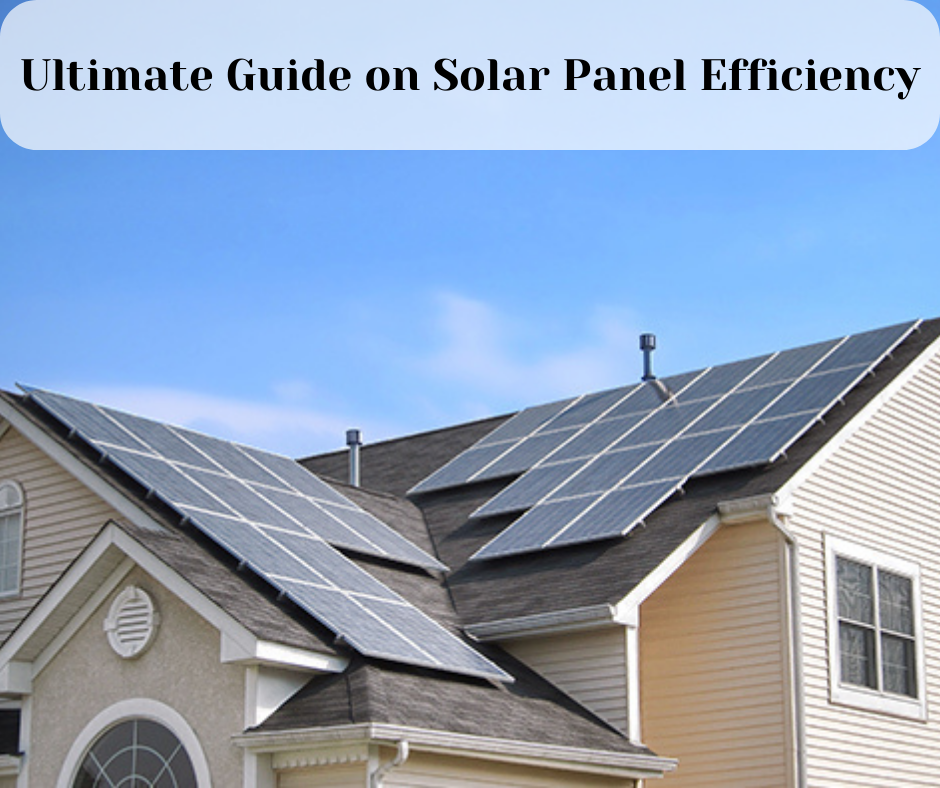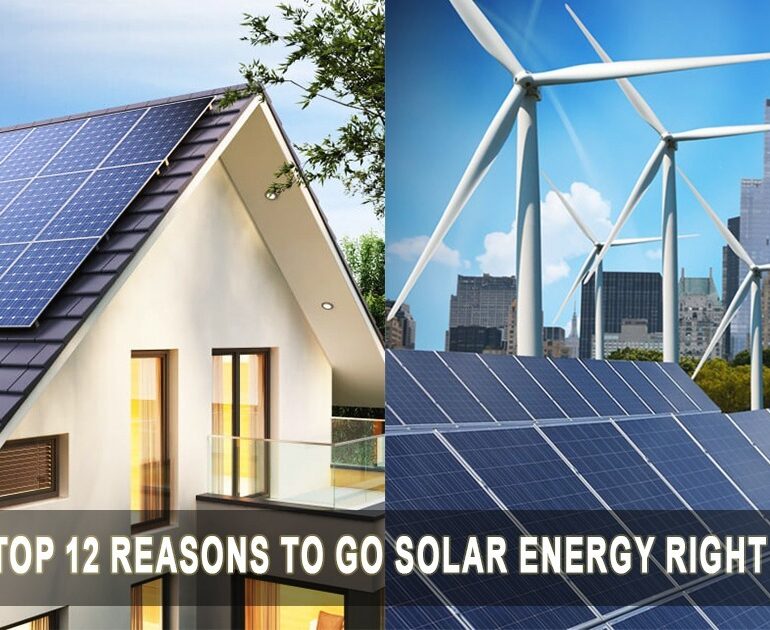What is solar panel efficiency?
Solar panel efficiency refers to the ability of a solar panel to convert sunlight into usable electricity. It’s usually expressed as a percentage and indicates how much of the sunlight that hits the panel is actually converted into power.
Solar panel efficiency is influenced by temperature, with higher temperatures typically leading to decreased efficiency. The optimal temperature for a solar panel varies depending on factors such as the type of solar cell technology used and the design of the panel.
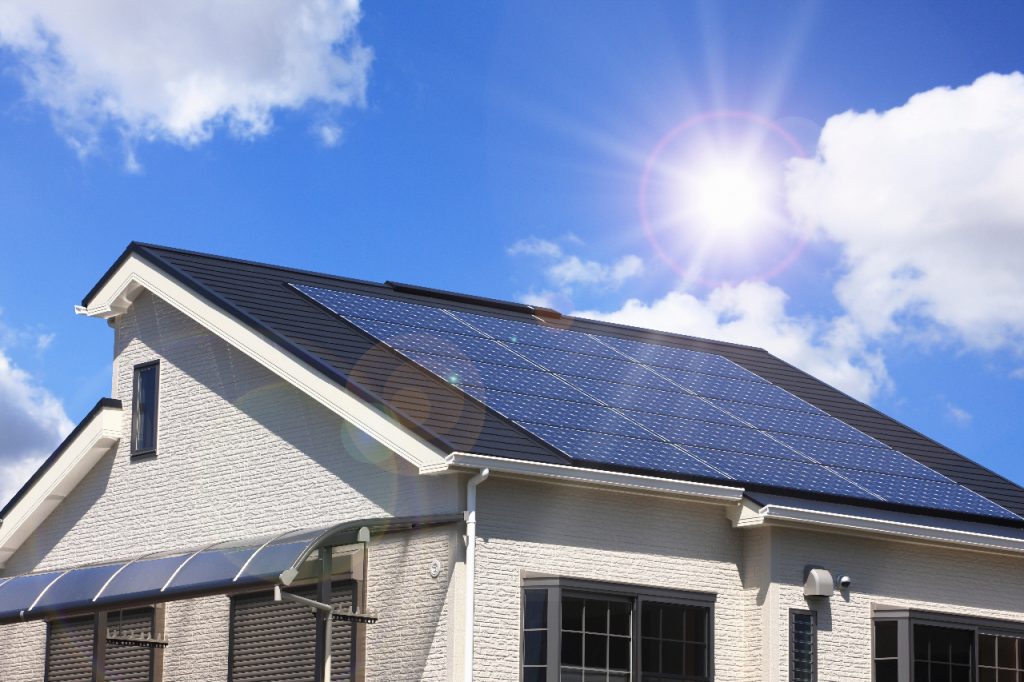
How does temperature affect solar panel efficiency?
Higher temperatures can lead to reduced solar panel efficiency. Most panels work optimally around 25°C (77°F), and efficiency tends to decrease as temperatures rise above this point. For every degree Celsius above the optimal temperature, efficiency may drop by about 0.4% to 0.5%.
Generally, the most common crystalline silicon solar panels, which include both monocrystalline and polycrystalline panels, operate most efficiently at temperatures around 25°C (77°F). As temperatures rise above this level, the efficiency of these panels tends to decline.
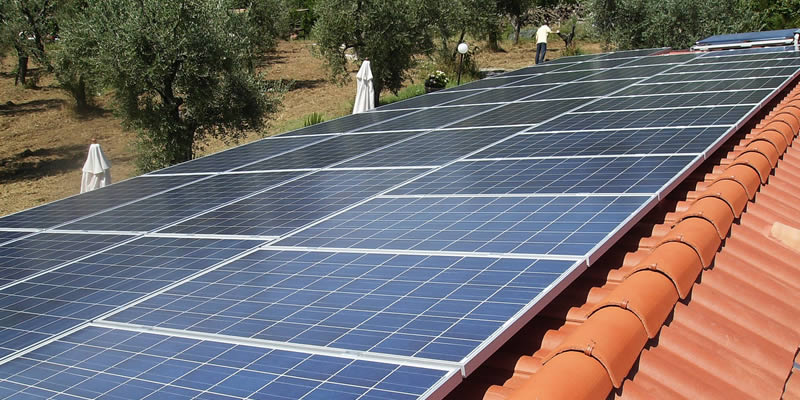
However, this doesn’t mean that solar panels should always be kept at exactly 25°C. Solar panels in real-world conditions often experience temperature variations due to weather and other factors. Modern solar panel designs incorporate various cooling mechanisms, such as ventilation and spacing between panels, to mitigate the effects of high temperatures and help maintain more stable efficiency levels.
Solar Panel’s Optimal Temperature
The optimal temperature for a solar panel is typically around 25°C (77°F). This temperature is often referred to as the “standard test condition” temperature and represents the point at which solar panels tend to achieve their highest efficiency in converting sunlight into electricity.
It’s important to note that this optimal temperature can vary based on the specific technology and design of the solar panel. While 25°C is a general guideline, real-world conditions and various factors, including the type of solar cells used, the panel’s design, and local climate, can influence the actual optimal temperature for a particular solar panel installation.
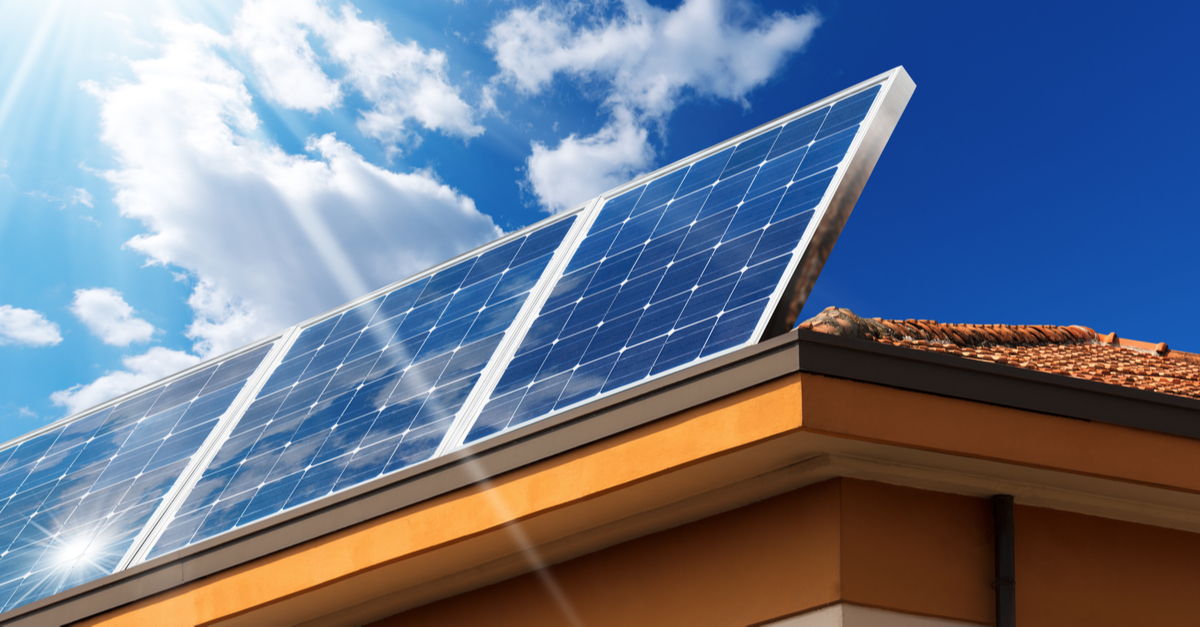
Design considerations, cooling mechanisms, and advancements in solar cell technology all contribute to optimizing the performance of solar panels under varying temperature conditions. As the demand for renewable energy continues to grow, research and innovation in improving solar panel efficiency across different temperature ranges remain important for maximizing their energy generation potential.
Factors Influencing Optimal Temperature:
While the standard optimal temperature for solar panels is around 25°C, several factors can influence this value:
Solar Cell Technology: Different types of solar cell technologies have varying temperature sensitivities. For example, some advanced thin-film solar cells might have different optimal temperature ranges compared to traditional crystalline silicon cells.
Panel Design: The design and construction of the solar panel can impact its ability to dissipate heat. Some panels incorporate cooling features, such as ventilation or heat sinks, to help regulate temperature and maintain efficiency.
Local Climate: The ambient temperature of the environment where the solar panels are installed plays a crucial role. Panels in hot climates might have higher optimal temperatures due to the higher baseline temperatures they experience.
Installation Conditions: The angle and orientation of the panels, as well as the spacing between them, can affect the amount of heat they absorb and their ability to dissipate it.
Temperature and Efficiency Relationship:
Solar panels work by converting sunlight into electricity through the photovoltaic effect. When sunlight strikes the solar cells, electrons are excited, creating a flow of electrical current. Higher temperatures can disrupt this process by increasing the movement of electrons and creating resistance within the materials. This leads to reduced efficiency and, consequently, lower electricity generation.
For every degree Celsius above the optimal temperature, solar panel efficiency may decrease by about 0.4% to 0.5%. Therefore, it’s essential to strike a balance between maximizing solar exposure and minimizing temperature-related efficiency losses.
Practical Considerations:
While the ideal optimal temperature is a reference point, solar panels rarely remain at a constant temperature. Real-world conditions introduce temperature variations, and solar panels are designed to handle a range of temperatures while maintaining reasonable efficiency levels. Cooling mechanisms, shading, proper installation, and maintenance can all help manage temperature-related effects on solar panel performance.
In regions with higher average temperatures, solar panel systems might be designed with cooling solutions to counteract temperature-induced efficiency losses effectively. Conversely, in cooler climates, the focus might be on optimizing panel orientation to capture more sunlight and compensate for lower temperatures.
FAQS
Are there ways to mitigate the effects of high temperatures on solar panels?
Yes, modern solar panel designs incorporate cooling mechanisms such as ventilation and spacing between panels to help regulate temperature and maintain efficiency levels in real-world conditions.
What are thin-film solar cells?
Thin-film solar cells are an alternative solar cell technology that uses much thinner layers of semiconductor materials compared to traditional crystalline silicon cells. They often have different temperature response characteristics.
What is the optimal temperature for solar panels?
The optimal temperature for solar panels is generally around 25°C (77°F). This temperature represents the point at which solar panels tend to achieve their highest efficiency in converting sunlight into electricity.
Why does temperature affect solar panel efficiency?
Temperature affects the movement of electrons within solar cells, which is essential for generating electricity. Higher temperatures can lead to increased electron movement and resistance, resulting in decreased efficiency and lower electricity production.
Do all solar panels have the same optimal temperature?
Different types of solar panels, such as crystalline silicon and thin film, may have slightly different optimal temperature ranges due to their varying technologies and materials.
Conclusion
In conclusion, temperature plays a significant role in the efficiency of solar panels. While the optimal temperature for many solar panels is around 25°C, real-world conditions often lead to temperature variations. As temperatures rise above the optimal range, the efficiency of solar panels can decrease, impacting their overall performance.


